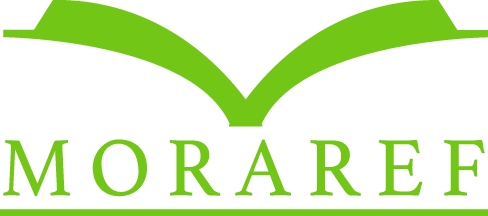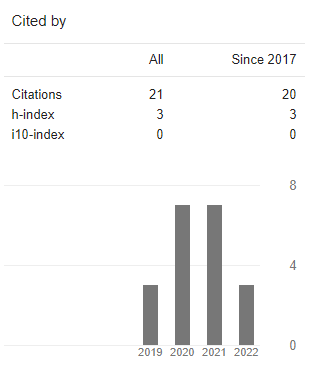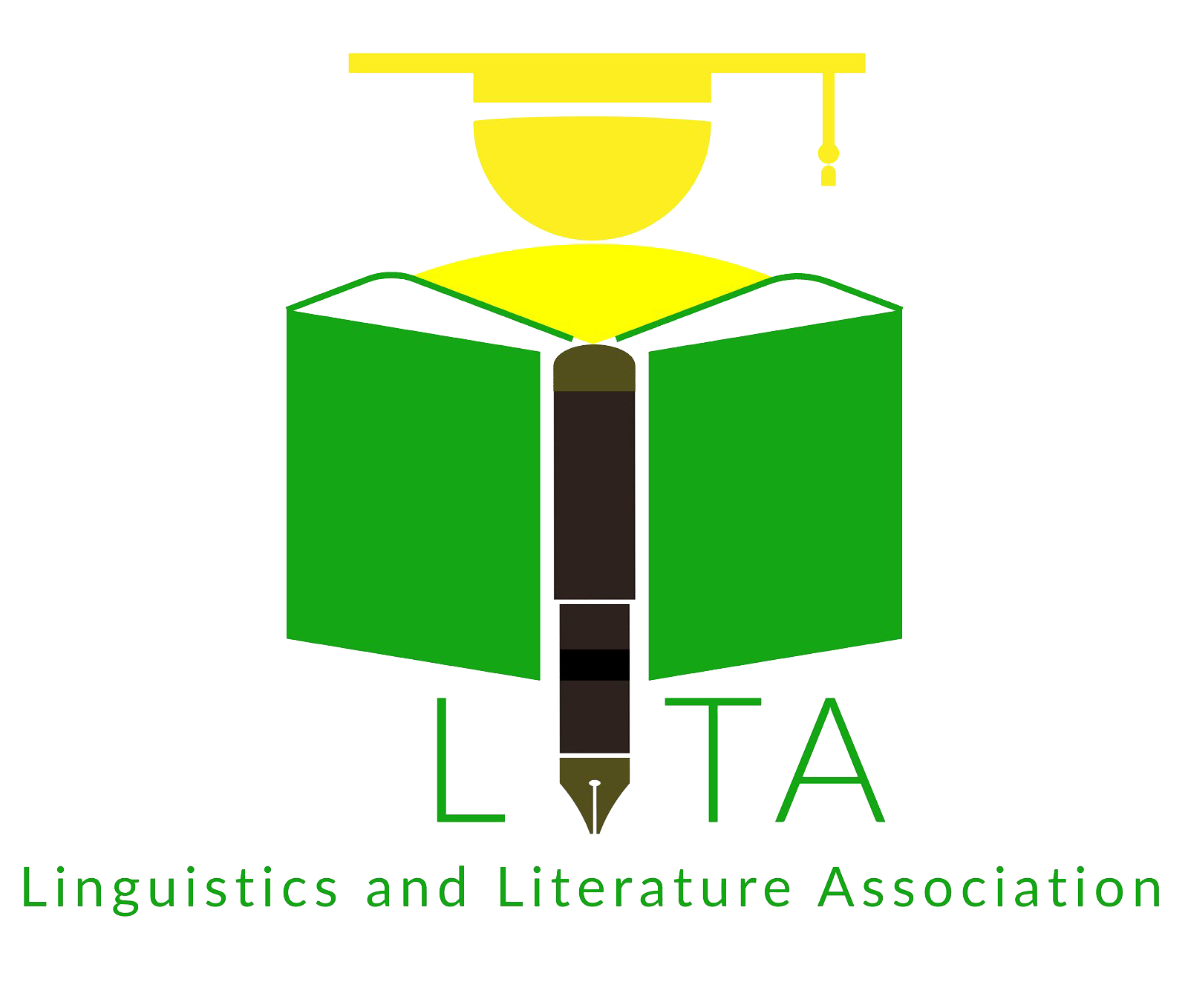Mini Magazine as an Elicitor to Enhance Students’ Creativity in Writing
DOI:
https://doi.org/10.21776/ub.alphabet.2020.03.01.02Keywords:
Mini Magazine, Student’s Creativity, WritingAbstract
Expressing ideas in the form of written expression is usually challenging for many students in ESL/EFL classes. Along with the acquisition of the second language (L2), to write in L2 students might experience some social and cognitive challenges. For instance, Students may have little confidence to write in L2 compared to that of their first language. Moreover, language proficiency in L2 adds on to the quality of good writing. Some quandaries may contribute for this situation, in writing; students may face common issues such as: grappling with grammar aspects, choosing the appropriate vocabularies, copping with punctuation and mechanics, making coherence and cohesion, and generating ideas (Al Badi, 2015; Younes & Albalawi, 2015). Thus, the researchers are going to stimulate thdents' creativity in writing via mini magazines to help students in generating their ideas and sharpen their writing skills. By assigning the students to make mini-magazines, the researchers believe that it will have a positive impact on the students' writing skills and language proficiency.
References
-. (http://www.answers.com/Q/What_are_the_Functions_of_magazines)
Al Badi, I Ali Hasan (2015). Academic Writing Difficulties Of ESL Learners.The 2015 WEI International Academic Conference proceeding.
Carol Burke, C. & Tinsley, MB. (1992). The Creative Process.Bedford/St. Martin's
Charles, C & Mertler, C. (2002). Introduction to Educational Research, (4th Ed), Pearson Education Company, Boston.
Chou, L. (2011). An investigation of Taiwanese doctoral students' academic writing at a U.S. University. Higher Education Studies, 1(2), 47-60.
Cliff, K. (2012). EDGZ 921 on campus-delivery Spring 2012. The University of Wollongong.
Ellis, R. (2001). The Study of Second Language Acquisition. Oxford: Oxford University Press.
Kervin, L, Vialle, W, Herrington, J & Okely, T. (2006). Research for Educators. Thomson Social Science Press, South Melbourne.
Lawrence Erlbaum.
Ma, Ling. (2003).https://lucian.uchicago.edu/blogs/mediatheory/keywords/magazine
Mozaffari, Hamideh. (2013). An Analytical Rubric for Assessing Creativity in Creative Writing. Theory and Practice in Language Studies, Vol.3, No.12, pp. 2214-2219.
Muthusamy, C; Mohammad, F, Ghazali, S.N., and Subrayan, A. (2010). Enhancing ESL Writing Creativity via a Literature Based Language Instruction. Studies in Literature and Language. Vol. 1, No. 2, 2010, pp.36-47.
Myles, F. (2002). Second Language Acquisition (SLA) Research: Its Significance for Learning and Teaching Issues. http://www.llas.ac.uk/resources/goodpractise.aspx?resourceid=421
Patton, J. (2002). Analysis of thinking and research about qualitative methods. New Jersey:
Sugiyono. (2014). Metode penelitian kuantitatif kualitaif dan R&D. Alfabeta. Bandung.
Tok, Sukran, and Kandemir, Anil. (2015). Effect of creative Writing Activities on Students’ Achievement in Writing, Writing Dispositions and Attitude to English. Procedia-Social and Behavioral Sciences, 174 (2015) pp. 1635-1642.
Younes, ZB., & Albalawi,FS. (2015). Exploring the Most Common Types Of Writing Problems Among English Language And Translation Major Sophomore Female Students At Tabuk University. Asian Journal of Basic and Applied Sciences. Vol. 3, No. 2, 2015 ISSN 2313-7797. Accessed via http://www.multidisciplinaryjournals.com/wp-content/uploads/2016/0




















